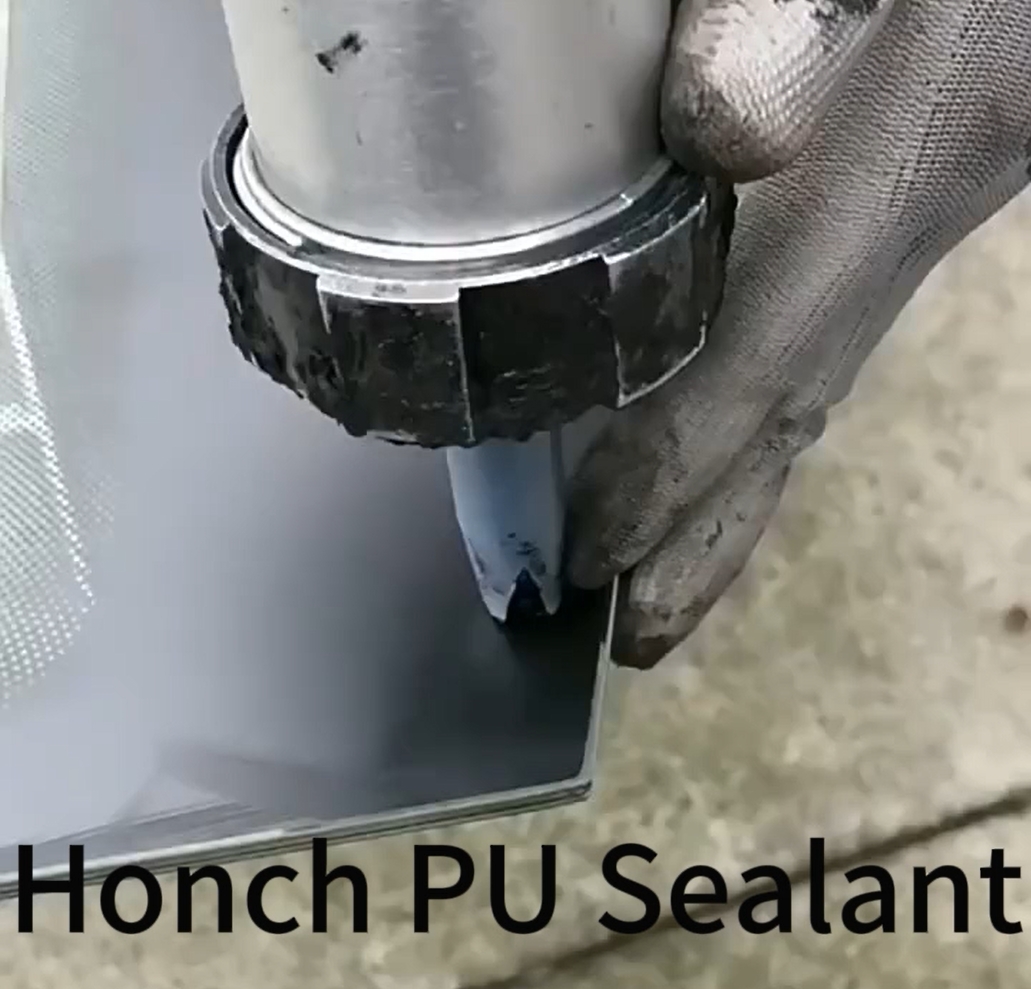Uses of polyurethane sealants
Uses of polyurethane sealants
Polyurethane (PU for short) is widely used in the formulation of adhesives and sealants. Adhesives based on polyurethane resins exhibit durability, tough adhesion and high peel strength. They also have good strength at low and high temperatures and are resistant to chemicals, water and humidity. When choosing the right polyurethane resin, you should consider the following factors: Choice of raw materials (e.g., polyols, isocyanates, prepolymers…) Application requirements (e.g., adhesion, viscosity, durability…) Substrate compatibility (e.g., wood, metal, plastic…) Curing conditions (e.g., one-component, two-component) Environmental factors (e.g., solvent-based vs. water-based) 1. What is polyurethane? Polyurethane is a versatile polymer material that is selected for adhesives and sealants because of its durability, tough adhesion and high peel strength. Polyurethane resins give you the freedom to modify modulus and elongation to meet the needs of specific applications. Polyurethane adhesives occupy a considerable market share in footwear, construction and general manufacturing. One of the largest applications of polyurethane adhesives is in the footwear industry, where high bonding strength to PVC formulations is required. 2. Why should you choose polyurethane? Here are some of the key reasons why polyurethanes are used in these applications:Excellent Adhesion: They exhibit excellent adhesion to a wide range of substrates. These substrates include metals, plastics, wood, concrete, and a variety of other materials. This versatility makes them suitable for a wide range of applications.Flexibility and Elasticity: Many polyurethane formulations offer excellent flexibility and elasticity. This allows them to accommodate movement and vibration without cracking or losing adhesion. This is particularly important in construction and automotive applications.Toughness and Abrasion Resistance: Polyurethanes are known for their toughness and resistance to wear, impact, and abrasion. They are suitable for demanding applications in transportation, machinery, and outdoor environments.Chemical Resistance: They offer resistance to a wide range of chemicals, solvents, oils, and other harsh environments. This makes them suitable for industrial and chemical processing applications.Temperature Resistance: Polyurethanes can maintain their performance and performance over a wide range of temperatures. This can range from low-temperature environments to high-temperature environments.UV and Weathering Resistance: Many polyurethane systems ensure long-lasting performance in outdoor applications.Diverse Cure Options: Polyurethanes can be formulated as either one-component (moisture cure) or two-component (reactive) systems. This allows for different cure mechanisms and application methods to meet a variety of requirements. Customizable properties: By adjusting the raw materials, you can customize the final product. The type of base formulation may include isocyanates, polyols, and other additives. Environmentally friendly options: Some polyurethane systems offer lower environmental impacts. They can also comply with stricter regulations. Cost-effectiveness: Polyurethane adhesives and sealants generally offer a good balance between performance and cost. This makes them more economically viable than other technologies for a variety of applications. 3. Advantages and limitations of polyurethanes Understanding the strengths and weaknesses of polyurethane resins is essential for proper material selection. Choosing the right polyurethane raw materials can optimize the formulation to enhance the desired properties of any weaknesses.

